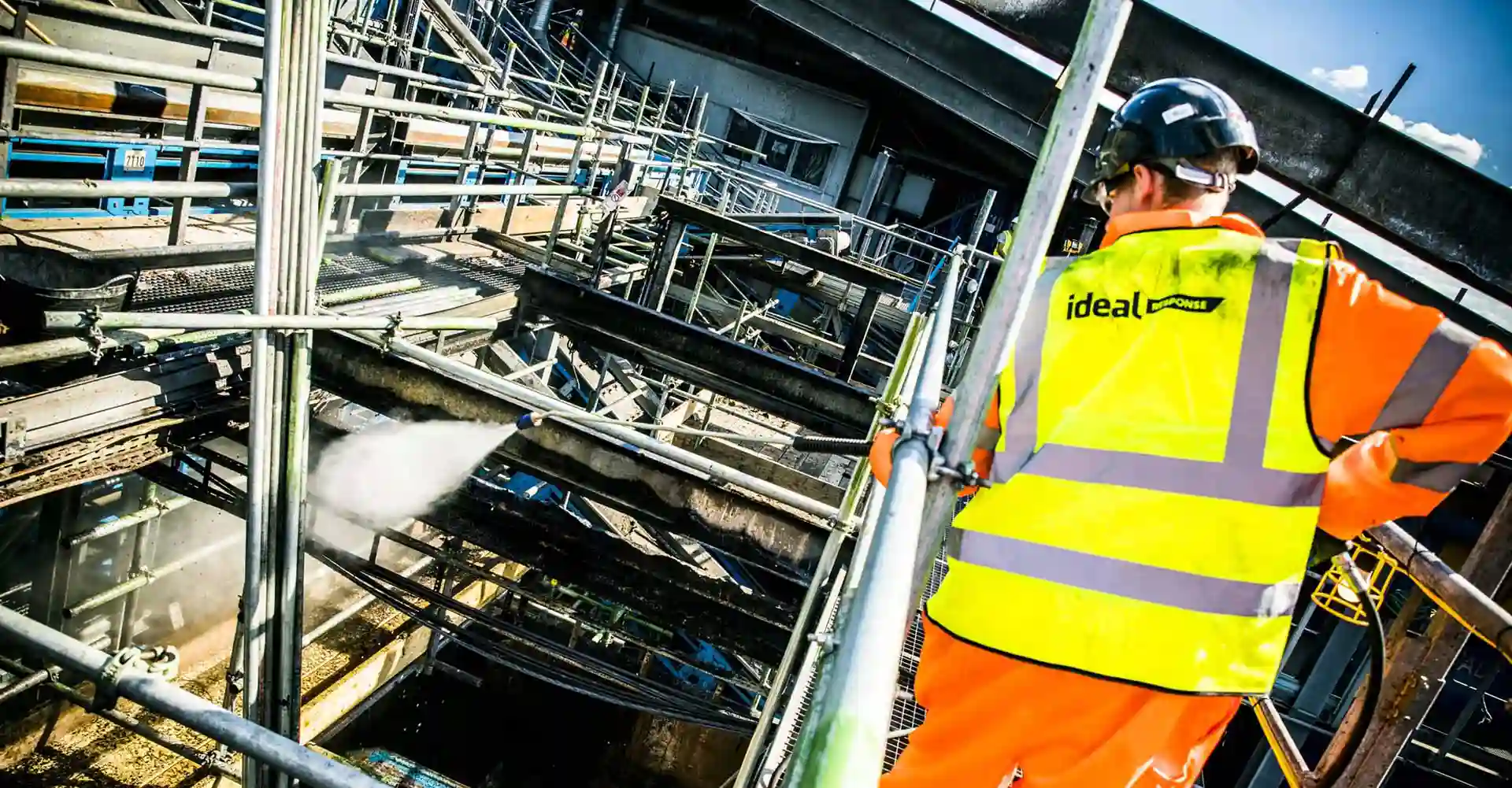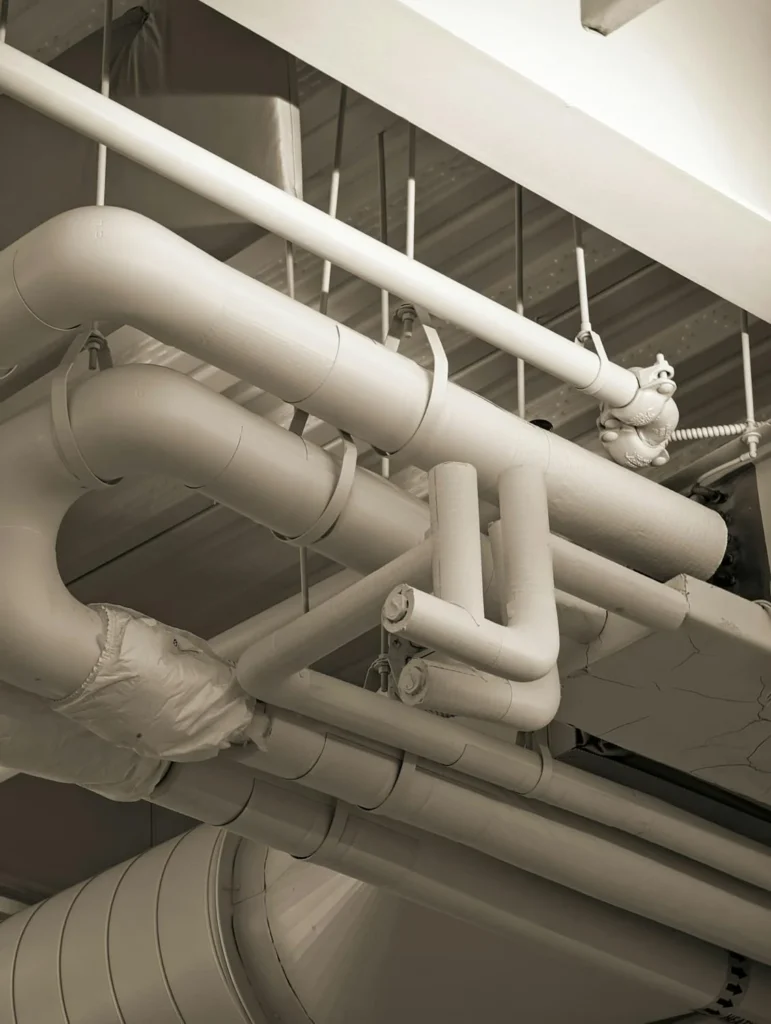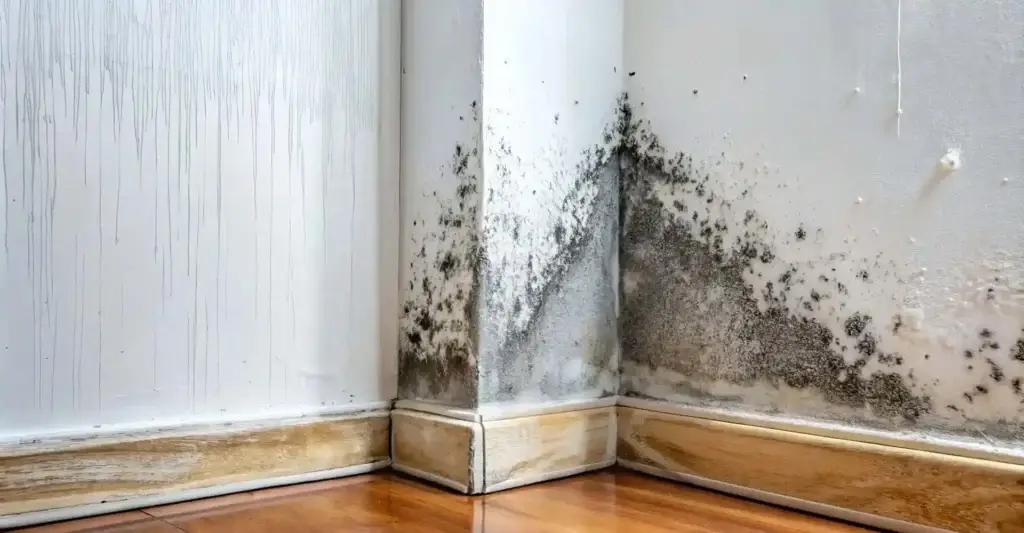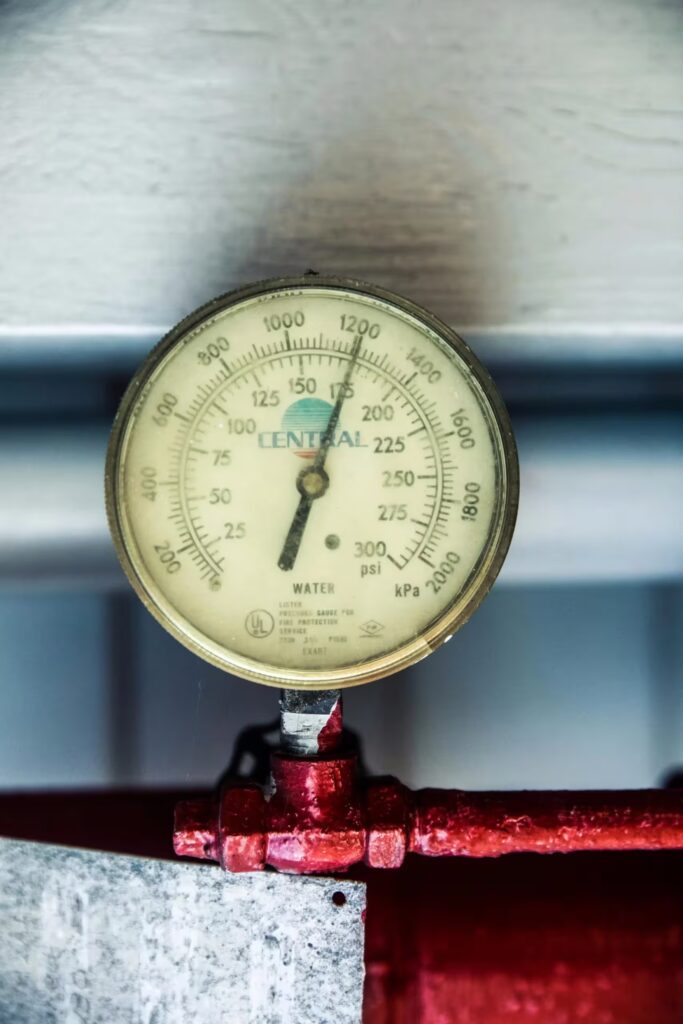Fires can devastate UK businesses in minutes. Even a small incident can lead to weeks of disruption, smoke contamination, electrical faults, downtime, and costly repairs.
Most organisations have fire prevention measures in place (alarms, extinguishers, evacuation routes), but few have a structured fire damage restoration plan that meets UK compliance and business continuity standards.
That gap can mean the difference between rapid recovery and regulatory headaches under the Health and Safety at Work Act or insurance claim delays.
Skip to:
What is a fire damage restoration plan?
The hidden impact of fire on UK businesses
What a fire damage restoration plan should include
What is a fire damage restoration plan?
A fire damage restoration plan is a structured document that outlines how a business will respond and recover after a fire incident. It includes predefined actions, roles, and contacts, from activating emergency response and ensuring site safety to carrying out cleaning, decontamination, and full property restoration.
For UK organisations, having a documented plan demonstrates compliance with HSE fire safety obligations and supports ISO 22301 Business Continuity Management. It also helps you meet insurance requirements and minimise downtime by ensuring critical restoration partners (like Ideal Response) can act immediately.
Fundamentally, it’s your roadmap from fire incident to a compliant, coordinated, and cost-efficient operational recovery.
The hidden impact of fire on UK businesses
When a fire occurs, flames are only part of the problem. The secondary effects, smoke, soot, odour, and water from firefighting, can extend throughout a building.
The cost of downtime
Every hour your premises are closed costs money. Equipment sits idle, staff can’t operate, and clients lose confidence.
A pre-approved restoration plan ensures your response aligns with ISO 22301: Business Continuity Management, helping you restore operations safely and efficiently.
If your site has also faced leaks or flooding, integrating your water damage restoration plan into your fire strategy supports complete business resilience.
Structural and health risks
Soot particles, corrosive residues, and damaged building materials can create serious health and safety hazards. Under HSE Control of Substances Hazardous to Health (COSHH) regulations, you’re responsible for ensuring the environment is safe before reoccupation.
Specialist services like smoke damage cleaning and odour removal ensure full decontamination and compliance with air quality standards.
Insurance and documentation requirements
UK insurers often demand detailed evidence of fire and smoke damage restoration before settling claims. A documented plan ensures you capture the right data, site logs, photos, and moisture readings, to satisfy your loss adjuster and avoid costly delays.
What a fire damage restoration plan should include
A robust plan goes beyond ‘call a contractor’. It defines clear roles, documentation, and partners to recover safely, efficiently, and compliantly.
1. Emergency response protocols
List emergency contacts (fire brigade, insurance provider, restoration contractor) and assign internal roles, who reports, who authorises, and who liaises with external teams.
Include details of a 24/7 emergency response service to guarantee immediate support nationwide.
2. Pre-approved restoration partner
Partner with a certified fire damage restoration company before an incident occurs. They’ll be familiar with your building, materials, and business continuity priorities.
Ideal Response conducts pre-site assessments and can align its procedures with ISO 22301 and ISO 45001 frameworks for continuity and safety.
3. Damage assessment & documentation procedures
Your plan should specify how to record damage for insurance and compliance, including photographic evidence, air quality readings, and inventory logging.
Using a provider familiar with BS EN ISO 9001 quality management ensures traceability and audit readiness.
4. Restoration phases
Outline each recovery phase clearly:
- Stabilisation: safety checks, board-up, debris removal.
- Cleaning & decontamination: soot, smoke, and odour removal.
- Drying: tackling water from sprinklers or hoses.
- Repair & reconstruction: restoring to pre-incident condition.
- Verification & handover: testing indoor air quality before reopening.
5. Communication strategy
Define who informs employees, clients, and regulators. Transparent communication supports your ISO 22301 business continuity goals and reassures stakeholders.

Why acting now saves time, money and compliance risk
Businesses that only search for restoration help after a fire often struggle to find capacity, especially during seasonal surges or regional incidents.
Having a fire restoration plan in place ensures:
- Immediate response – guaranteed contractor availability.
- Regulatory compliance – HSE and insurance expectations met.
- Reduced downtime – faster return to operations.
- ISO alignment – strengthens your business continuity credentials.
The following case study is a great example of how a Kent business was able to get back from a major fire incident quicker than expected due to careful planning. Read about Viridor’s Polymer Recycling Plant in Rochester and recovery from fire.
Partner with UK restoration experts you can trust
Ideal Response has decades of experience helping UK businesses recover from fire and smoke damage, from industrial estates to heritage properties.
Our accredited teams manage every stage, from emergency response and soot removal to full environmental decontamination and insurance liaison, in line with ISO and HSE standards.
Plan ahead today by contacting Ideal Response for a fire damage restoration pre-assessment. This will ensure your business is ISO-ready and fully resilient before disaster strikes.
Need immediate support? Call our specialist team 01622 926 505
FAQs about fire damage restoration plans
Do I legally need a fire damage restoration plan in the UK?
While there’s no single law requiring a written ‘fire damage restoration plan,’ the Regulatory Reform (Fire Safety) Order 2005 and HSE fire safety guidance require employers to have robust emergency procedures and recovery arrangements. A restoration plan helps demonstrate compliance and readiness for insurer audits or ISO 22301 certification.
How soon should restoration begin after a fire?
Ideally, within 24 hours once the site is declared safe by the fire brigade. The faster decontamination begins, the less secondary damage occurs from soot, smoke, or water. Partnering in advance with a 24/7 restoration provider such as Ideal Response ensures immediate mobilisation anywhere in the UK.
What’s the difference between fire cleaning and full fire restoration?
Fire cleaning removes surface soot and odour, while full restoration includes structural drying, decontamination, repair, and verification that air quality meets safety standards. A restoration plan should cover both stages, cleaning and rebuild, so your premises return to pre-incident condition.
How does ISO 22301 or ISO 45001 relate to fire restoration planning?
ISO 22301 sets out best practice for Business Continuity Management, ensuring you can maintain operations or recover quickly after incidents like fire.
ISO 45001 focuses on Occupational Health & Safety, relevant during cleanup to protect workers from hazards such as smoke or debris.
Building your restoration plan around these standards shows regulators and clients that your business takes continuity and safety seriously.
How can I prepare my site for faster recovery if a fire happens?
- Maintain up-to-date floor plans and asset inventories.
- Identify priority areas for re-opening (IT suites, manufacturing lines).
- Keep insurance documents and emergency contacts accessible off-site.
- Establish a pre-approved relationship with a certified restoration contractor.
- Schedule regular reviews of your plan alongside fire-risk assessments.

Kayleigh Owen - Technical Account Manager
With years of dedicated experience in the disaster recovery industry, Kayleigh Owen brings a precise and insightful approach to every project. Holding a BSc Hons Degree, Kayleigh specialises in construction and major loss, expertly navigating the complexities of large-scale fire and flood events. Having spent her entire industry career at Ideal Response, she has honed a deep understanding of what it takes to restore properties and lives with efficiency and empathy. Kayleigh believes that meticulous planning and clear communication are the cornerstones of transforming disaster into recovery, ensuring every client receives not just a solution, but true peace of mind.





















